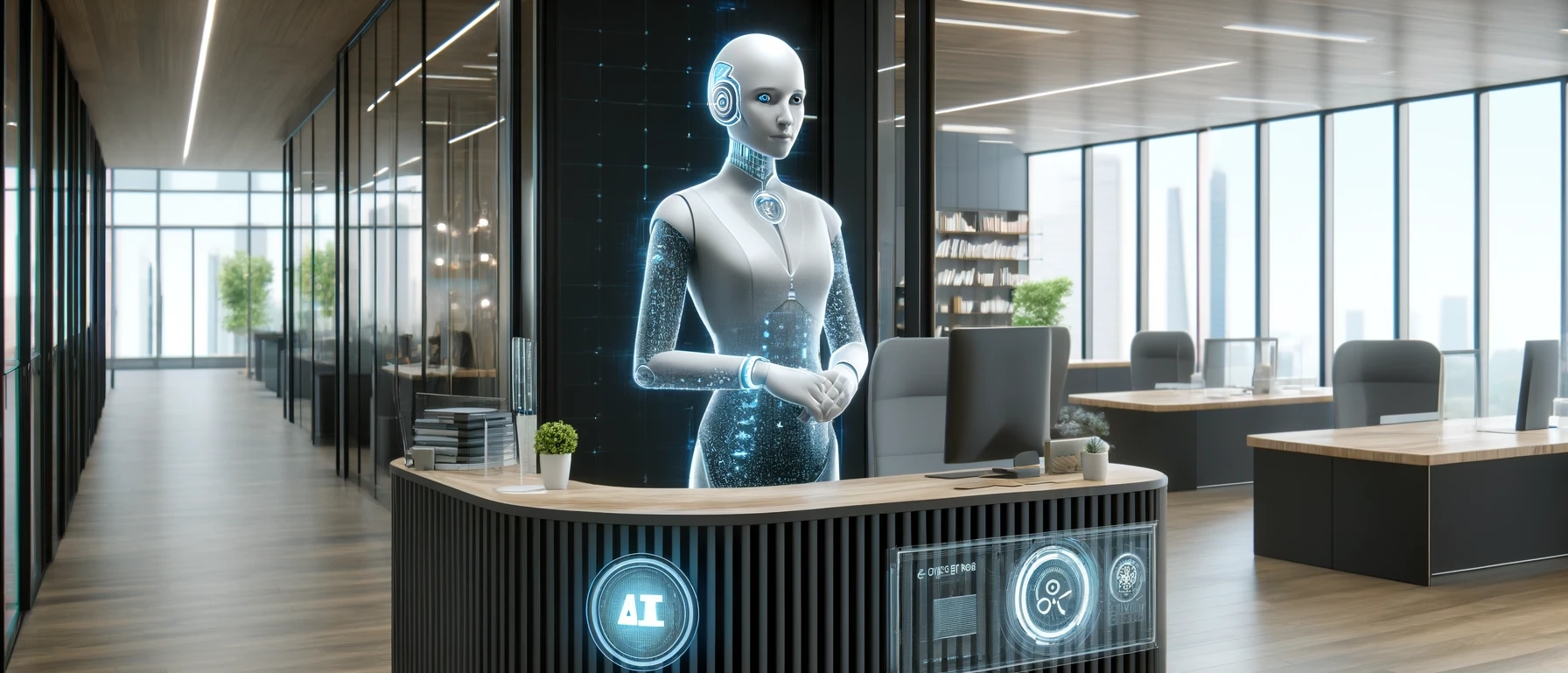The office market in New York is among the most expensive in the world. That is why businesses need creative solutions to manage costs in such an environment. Many of them are using AI receptionists to save money and keep office operations smooth. Explore here some of the benefits of this technology for businesses.
Anyone running a business in Manhattan knows the sting of commercial rent. Premium office towers often charge rates over $100 per square foot per year. Even smaller spaces in less central areas command hefty prices. Thus, companies must think twice about every role, every desk, and every square foot used.
Traditional reception areas are among the costliest spaces to maintain. The front desk requires physical space and staffing. A welcoming presence is important, but the financial impact of dedicating prime real estate to a reception zone can be significant.
The Expense of Traditional Reception Staff
Hiring a full-time receptionist in New York comes with a salary that often ranges from $40,000 to $60,000 annually. This does not include benefits, taxes, and insurance. The cost rises closer to $70,000 or more per year once these extras are factored in. On top of compensation, consider the overhead tied to this role. This includes a permanent desk setup and computer equipment. Also, businesses must invest in break areas for staff and waiting areas for guests.
AI receptionists offer a streamlined alternative. Businesses can rely on a system that handles calls, schedules appointments, answers FAQs, and routes inquiries. These platforms operate with natural, human-like voices. They can be customized to reflect the tone and personality of a company. Many AI receptionist services cost a few hundred dollars per month, with advanced packages still staying under $1,000.
Reducing Space Needs
One overlooked advantage of AI receptionists is the freedom to rethink office layouts. Without the need for a large reception desk and waiting area, businesses can make better use of square footage. This space could become an extra office, a collaboration room, or a workstation for staff who generate revenue. Each additional desk in New York can support billable hours.
Availability Around the Clock
Human receptionists have fixed schedules, require lunch breaks, and need coverage for vacations or sick days. AI receptionists never miss a call and are available 24/7. With this feature, businesses dealing with international clients or late-night inquiries do not lose opportunities.
Scalable for Growing Businesses
Business expansions come with increasing staffing needs. AI receptionists scale effortlessly. A platform can handle thousands of calls or messages without additional cost. This scalability makes AI receptionists especially appealing to startups and small firms in New York. They help companies maintain a professional image and show responsiveness without taking on heavy overhead.
Eliminating Hidden Costs
The cost of a traditional receptionist extends beyond salary and rent. Training, turnover, and recruitment are constant factors. Turnover in the city can be high, meaning employers must frequently dedicate time and resources to hiring and training replacements.
AI receptionists in New York remove this cycle. Once set up, they require minimal adjustments. They can complete updates to scripts, FAQs, or scheduling preferences in minutes.
Enhancing Professional Image Without Breaking the Bank
Image is important in New York’s competitive business landscape. Clients expect smooth, professional communication. AI receptionists deliver polished interactions that enhance first impressions. Thus, businesses do not worry about an overwhelmed receptionist missing calls during peak hours. Rather, they know that every call is answered promptly.
High-rent offices in New York push businesses to evaluate every line item in their budgets. Companies that turn to AI receptionists can reduce salary expenses and reclaim valuable office space. Also, they can eliminate the hidden costs tied to turnover and training.





